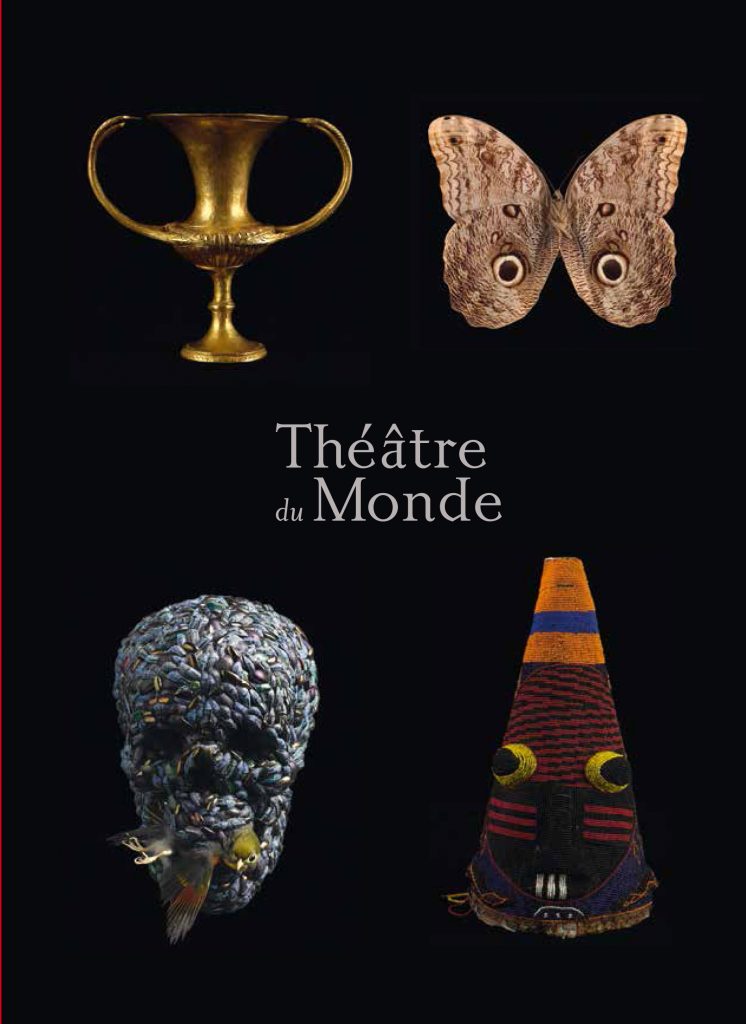« Je trouve qu’il y a énormément d’intérêt à approcher l’art par le visuel, à laisser de côté tous les processus de catégorisation et d’interprétation qui alourdissent l’art en essayant de lui donner un sens profond mais qui, le plus souvent, se révèlent complètement puérils. » David Walsh
Ce dixième volume de la collection Privées présente la collection de l’Australien David Walsh, fondateur du MONA (Museum of Old and New Art) en Tasmanie. Puisant dans la collection personnelle de David Walsh, ainsi que dans celle du Tasmanian Museum and Art Gallery (TMAG), Jean-Hubert Martin, commissaire de l’exposition, remet en question les conventions muséologiques usuelles en faisant dialoguer des objets a priori « hétérogènes ».
Intitulée Théâtre du monde en référence au « Théâtre de la mémoire » du philosophe de la Renaissance Giulio Camillo, l’exposition a l’ambition de promouvoir l’œil comme instrument actif d’investigation et de compréhension du réel. Autour de thématiques universelles,
elle établit des relations inattendues de forme ou de sens, en harmonie ou en contrepoint, entre des pièces extra-occidentales (une exceptionnelle collection de tapas océaniens), des spécimens d’histoire naturelle, des antiquités, de l’art ancien et des œuvres d’artistes contemporains, parmi lesquels Berlinde de Bruyckere, Jake & Dinos Chapman, Wim Delvoye, Emily Kngwarreye, Damien Hirst, Zilvinas Kempinas, Juul Kraijer, Sydney Nolan, Claude Rutault, Markus Schinwald, Jason Shulman, Felice Varini, Sandra Vásquez de la Horra, Ah Xian, etc.
This tenth volume in the Privées series presents the collection of the Australian David Walsh, founder of the Museum of Old and New Art (MONA) in Tasmania. Jean-Hubert Martin, curator of the exhibition, has taken pieces from David Walsh’s own collection, as well as that of the Tasmanian Museum and Art Gallery (TMAG), to show together apparently heterogeneous objects and question museal conventions.
Titled Theatre of the World in reference to Renaissance philosopher Giulio Camillo’s Theatre of Memory, the exhibition transforms the viewer into an instrument for actively investigating and understanding the world. Through universal themes, Theatre of the World strikes relations of form or meaning, both corresponding and contrasting, between non-Western works (an outstanding collection of Pacific barkcloths), natural history items, antiquities, ancient art and works by contemporary artists.
Warning: count(): Parameter must be an array or an object that implements Countable in /home/users6/d/dek9330/www/wp-content/themes/fage/template-parts/content-livre.php on line 75




